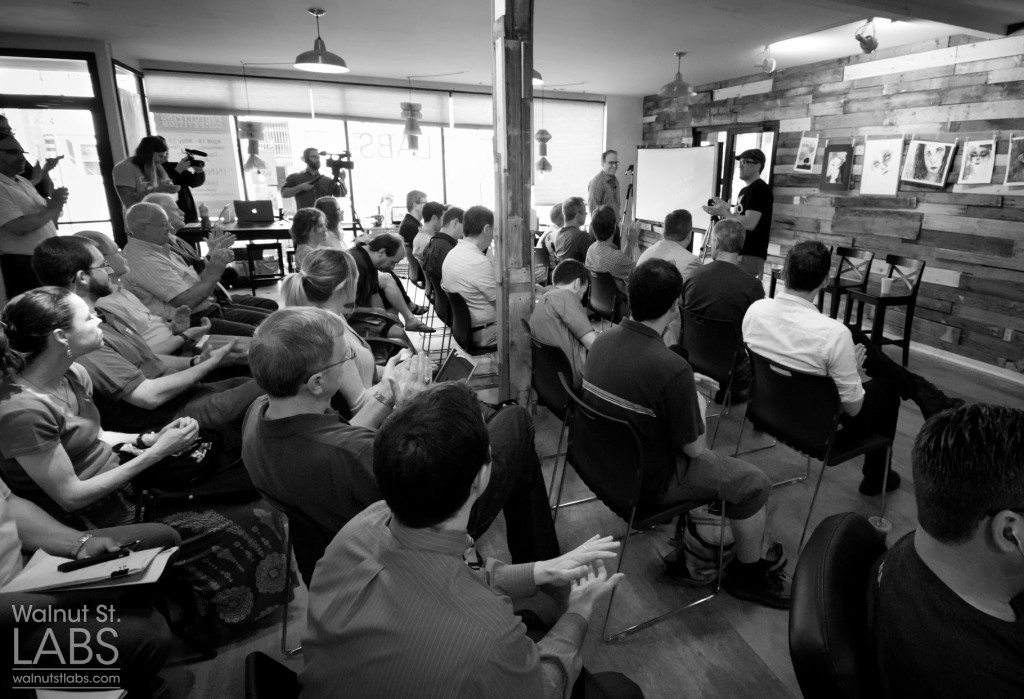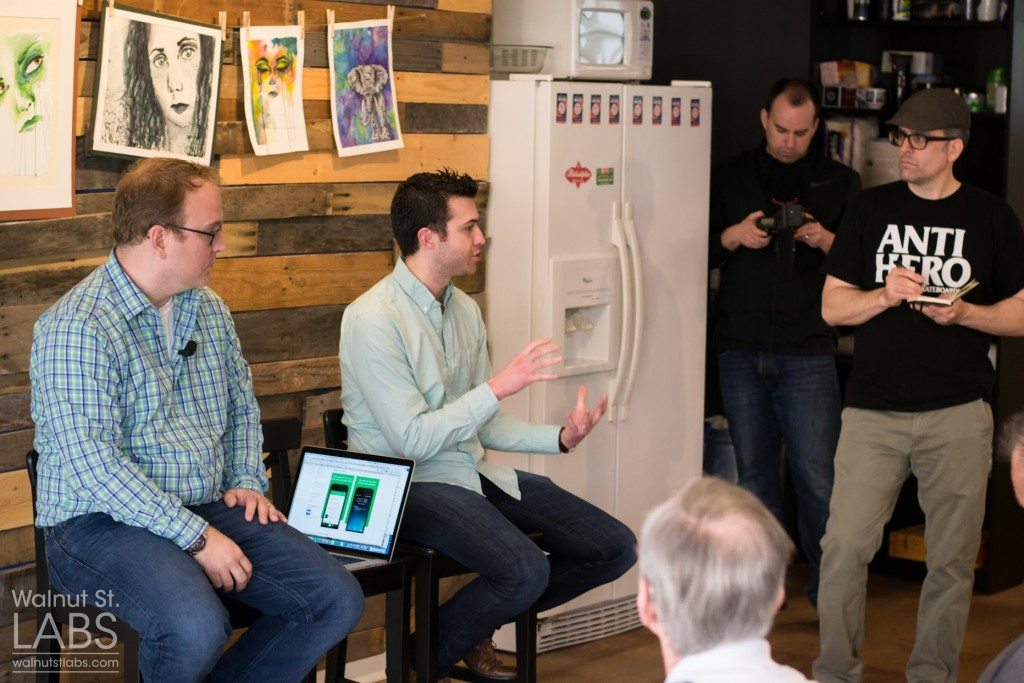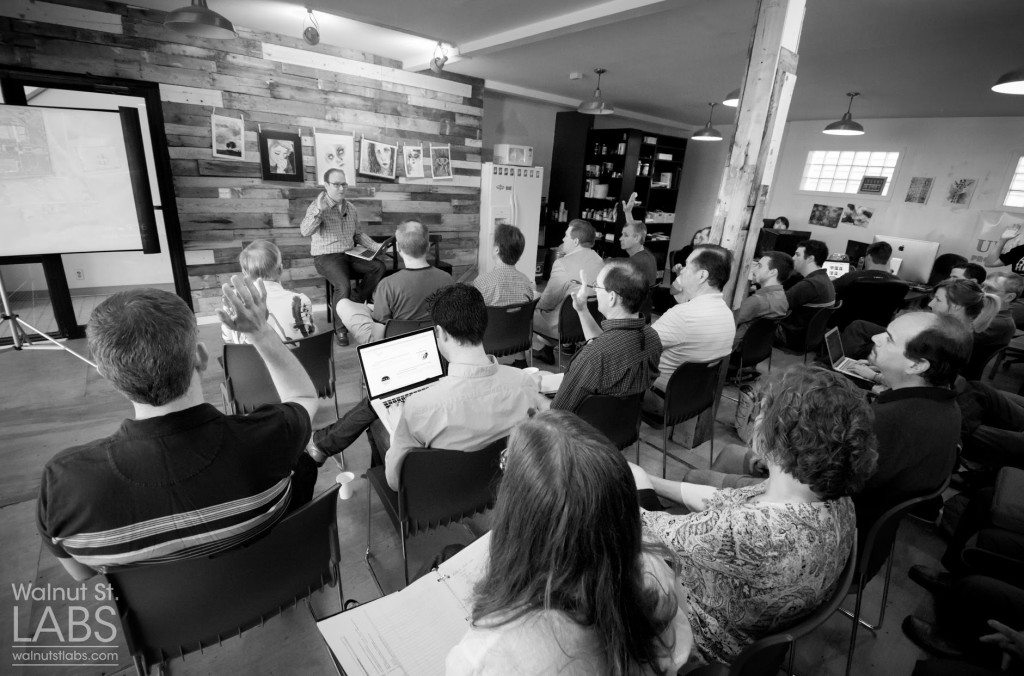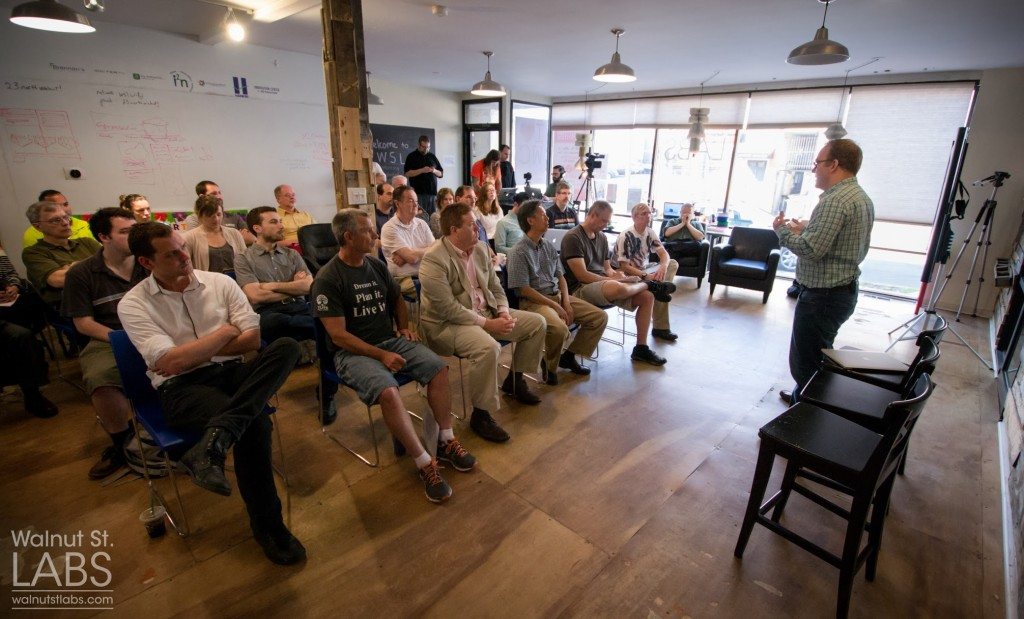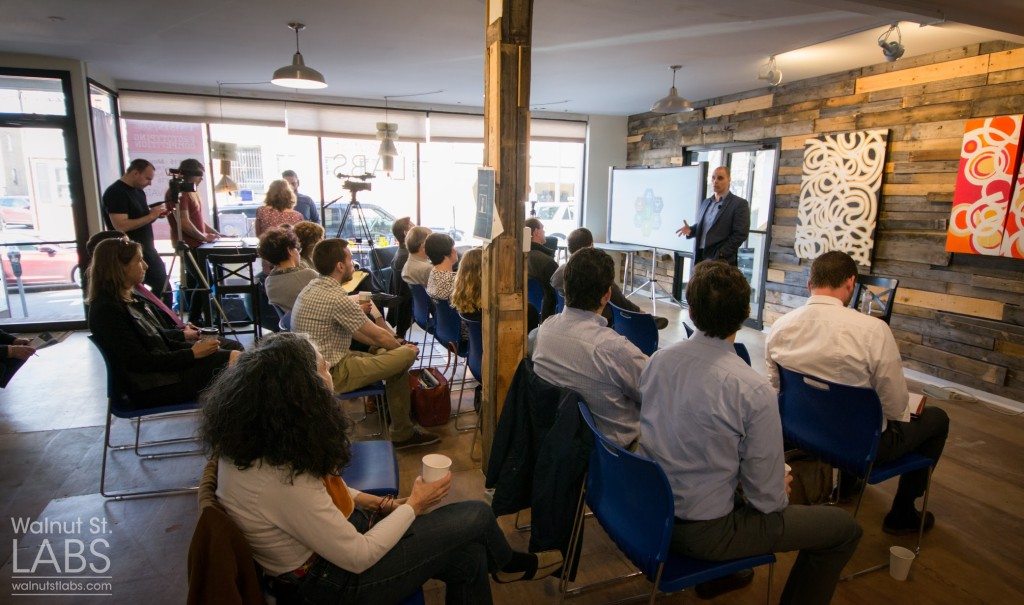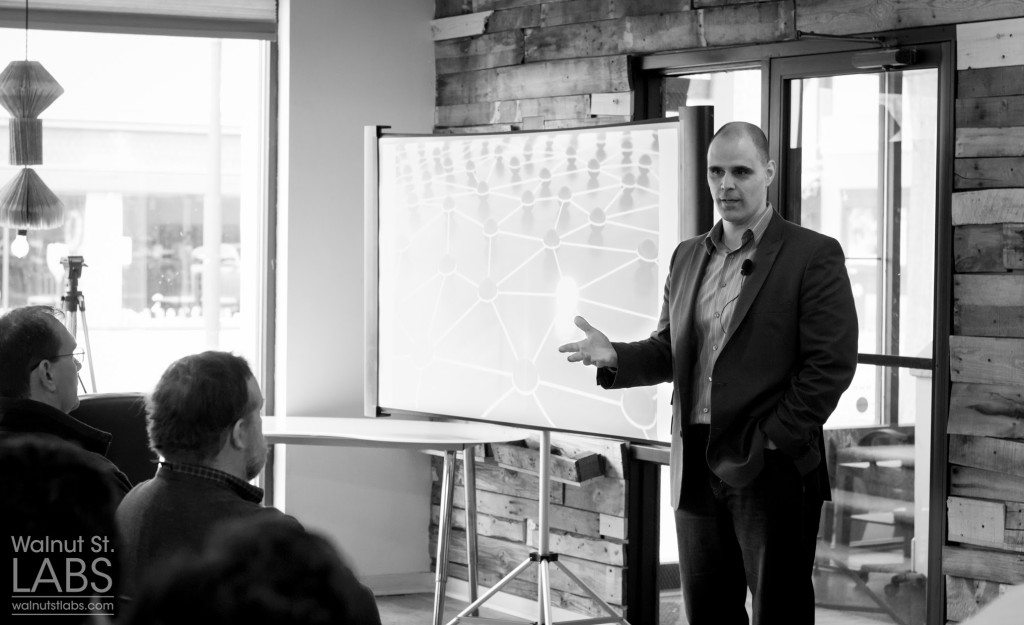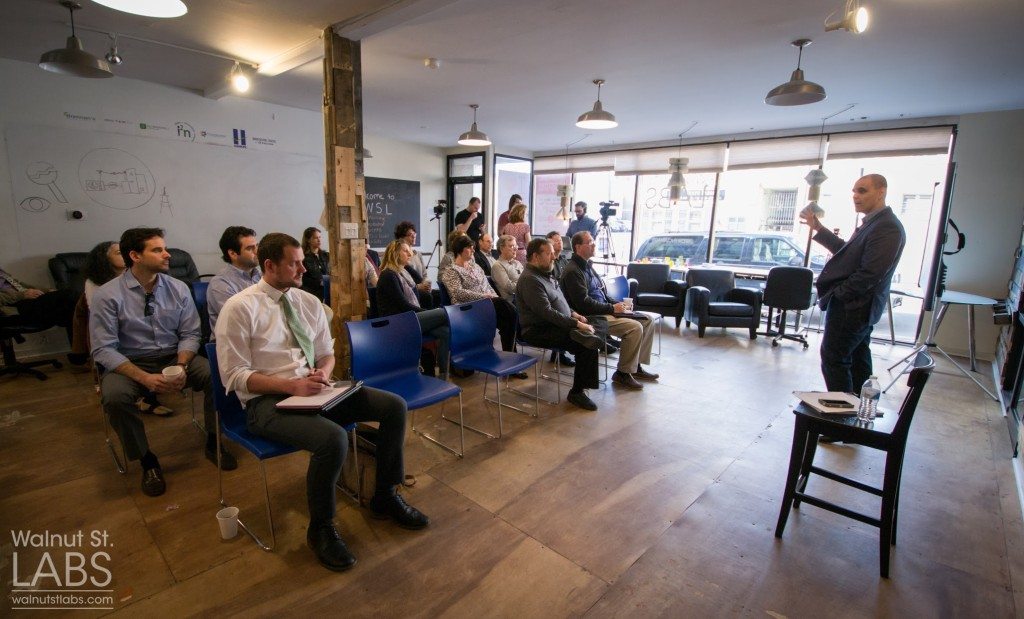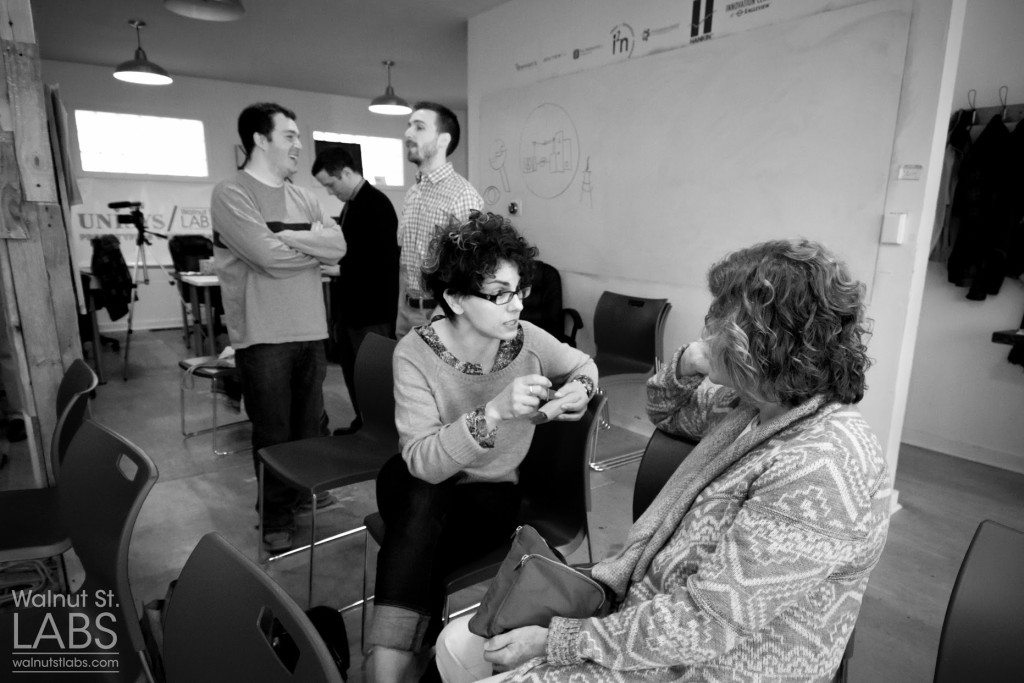Insuring a Successful Startup Strategy with iPipeline’s Bill Atlee
Bill Atlee is Founder and Chief Strategy Officer for iPipeline. @iPipeline
“Get your idea on the court. A friend of mine told me once ‘you can sit on the bench and tie your shoelaces all day, or you can get on the court and figure it out.”
For Bill Atlee of iPipeline, that court is the insurance business. After starting out at Fidelity Mutual Life, he founded iPipeline in 1996. Today, he is also Chief Strategy Officer for the Exton-based company, which has 500 employees and 9 offices throughout the world. The iPipeline platform streamlines the way that life insurance carriers, distributors, and agents sell and process insurance. “Hundreds of thousands of insurance agents use our software. But it took us 20 years to get to that point.”
Bill shares some of his tips for being a successful entrepreneur.
It All Starts with an Idea
“Everything starts with an idea. It doesn’t have to be yours–find someone with a great idea you can add to. Then, validate your idea by talking to the people who have the problem you’re trying to solve. For us, it was finding insurance agents experiencing that same problem.”
Hone Your Idea
Bill advocates making sure people get what you’re talking about. “Look at people’s faces to see if you’re explaining it right. If they’re confused, your message is too complicated.”
Good storytelling is essential to your message, and less is generally more. “People are more successful when they take words out rather than put words in,” Bill says. “Write out the whole story. I’ll pick out the words I want to use, write them down and practice so I can say them over the phone, over Webex, or any medium.”
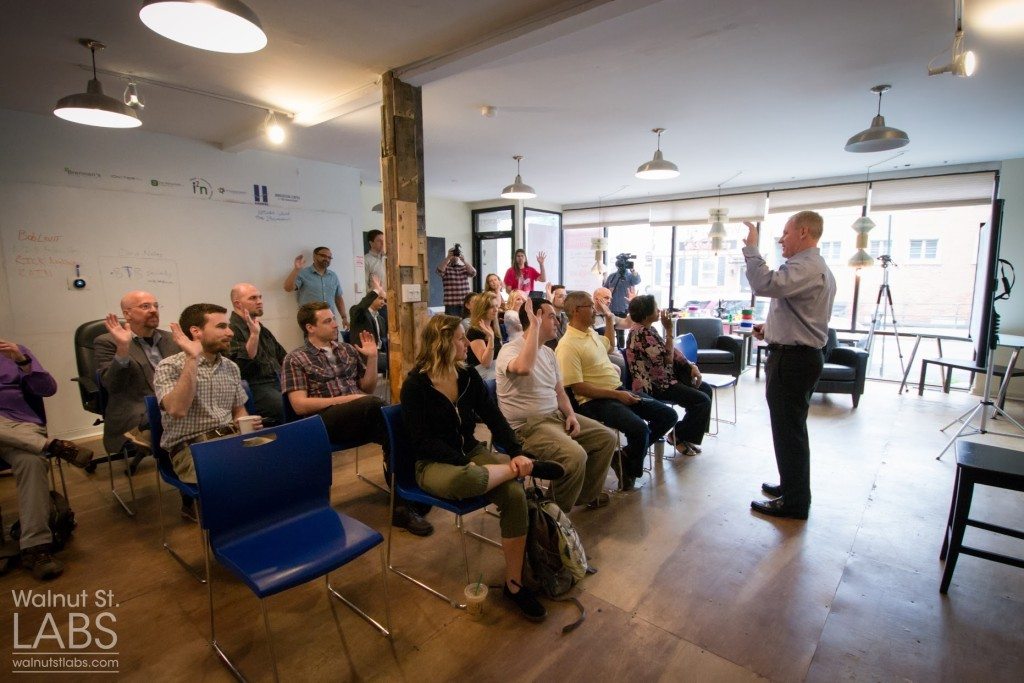
“Show and Tell” your Idea with a Believable Prototype
“Create a visual workflow that fakes your idea so well people don’t know it’s a mockup. It needs to look like they can buy it today. Make sure you refine your idea using the feedback you receive. Don’t give up on it, but improve it.”
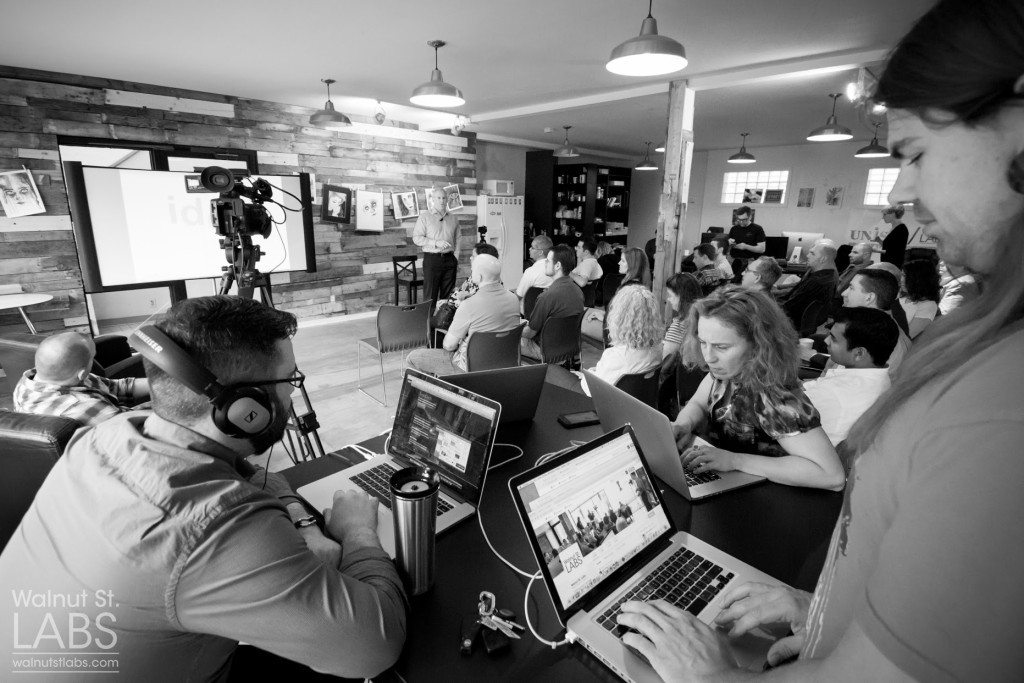
Re-pitch Your Idea
“Decide what you want and ask for it. Go for the close–do you need an office or to borrow a computer? Remember that if no one wants to pay for your idea, it’s not a good idea.”
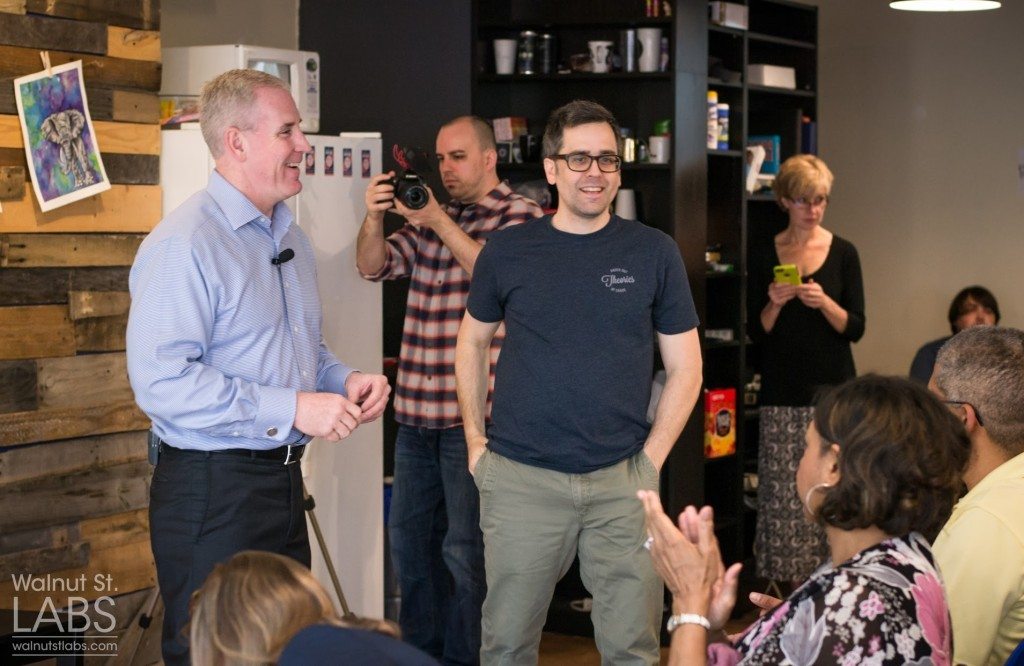
Fail Fast, Fail Cheap
“Move your ideas quickly and don’t spend a lot of money of them. Be careful what you borrow. Venture capital is different than getting a loan at a bank or from your family. Avoid doing things like using your house as collateral.”
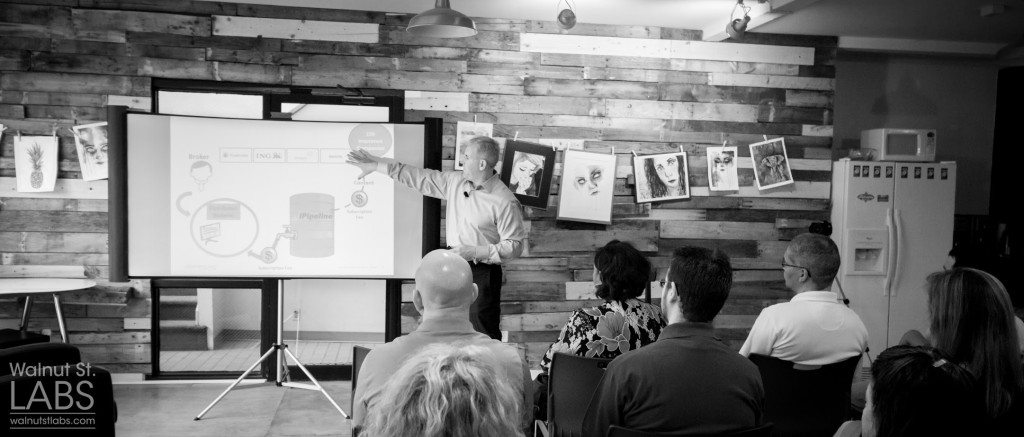
Create a Business Plan
“Business plans are a way to weed out all the riff raff. Nobody likes to make them, but you can’t get anybody to listen to you without a business plan.”
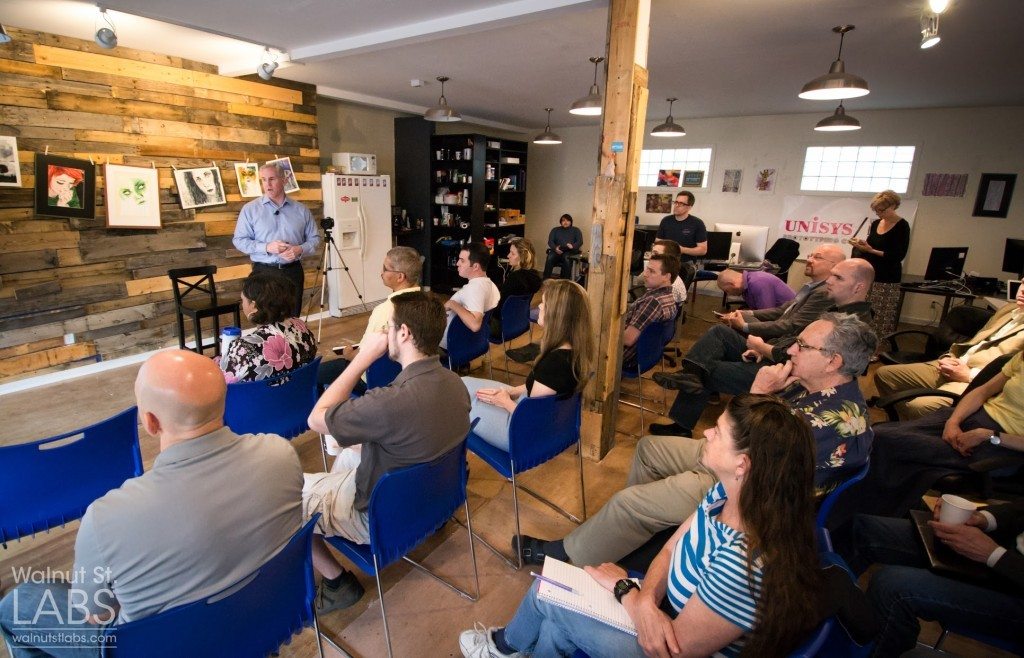
Don’t Quit Your Day Job
Bill worked for 4 years at iPipeline with no salary, selling insurance by day and working on iPipeline in his free time. At the same time, he advocates knowing when you need to commit. “Sometimes you need to ‘burn the ships.’ Retreat is easy when you have that option. It makes you not fight very hard.”
